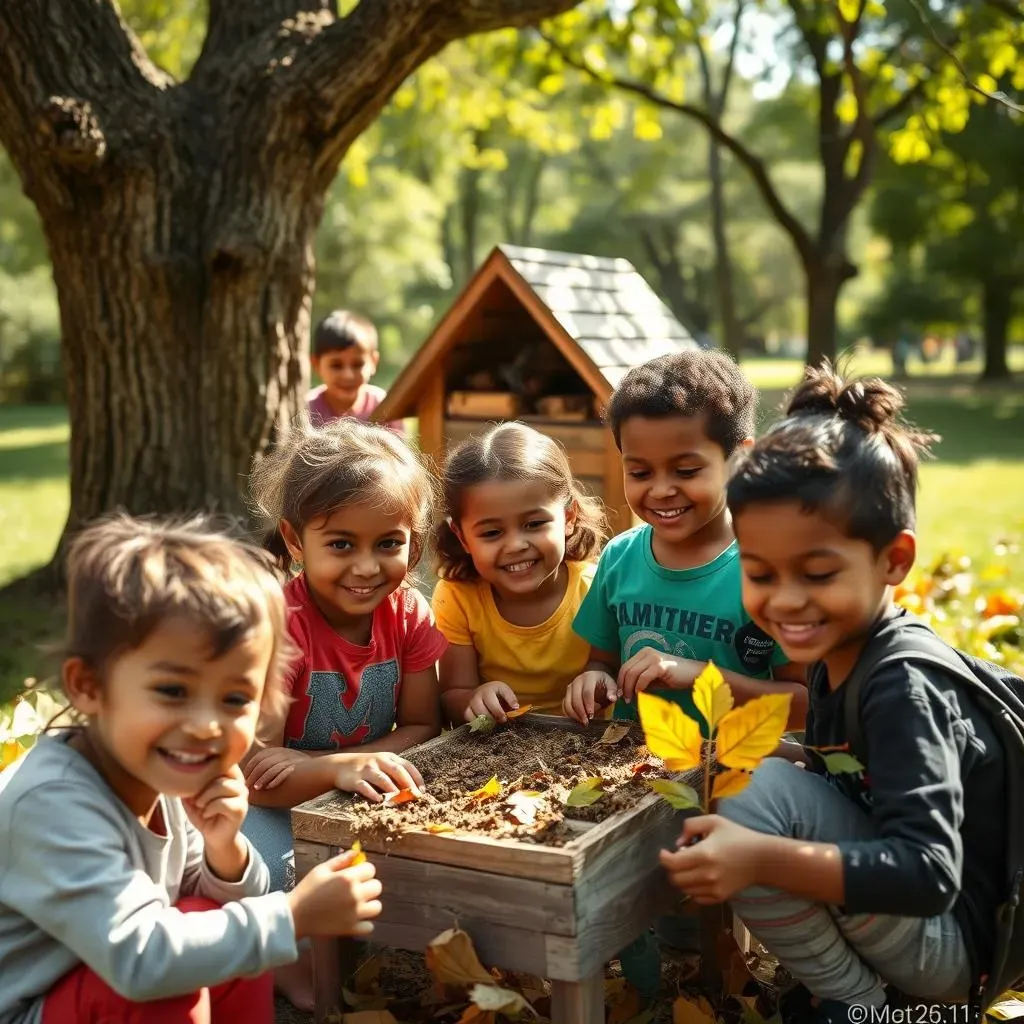Table of Contents
As a parent or educator, you're likely no stranger to the concept of learning through experience. Experiential learning trips for kids offer a unique and engaging way to educate children, allowing them to explore, discover, and learn in a hands-on environment. These trips are designed to be fun, interactive, and memorable, making them an ideal way to supplement traditional classroom learning. In this article, we'll explore the benefits of experiential learning trips for kids, discuss how to plan effective trips, and provide real-world examples of successful experiential learning trips. Whether you're looking to enhance your child's educational experience or simply want to create lifelong memories, experiential learning trips for kids are an excellent way to achieve your goals. By the end of this article, you'll be equipped with the knowledge and inspiration to start planning your own experiential learning trips for kids, and discover the incredible impact they can have on young minds.
Benefits of Experiential Learning Trips for Kids
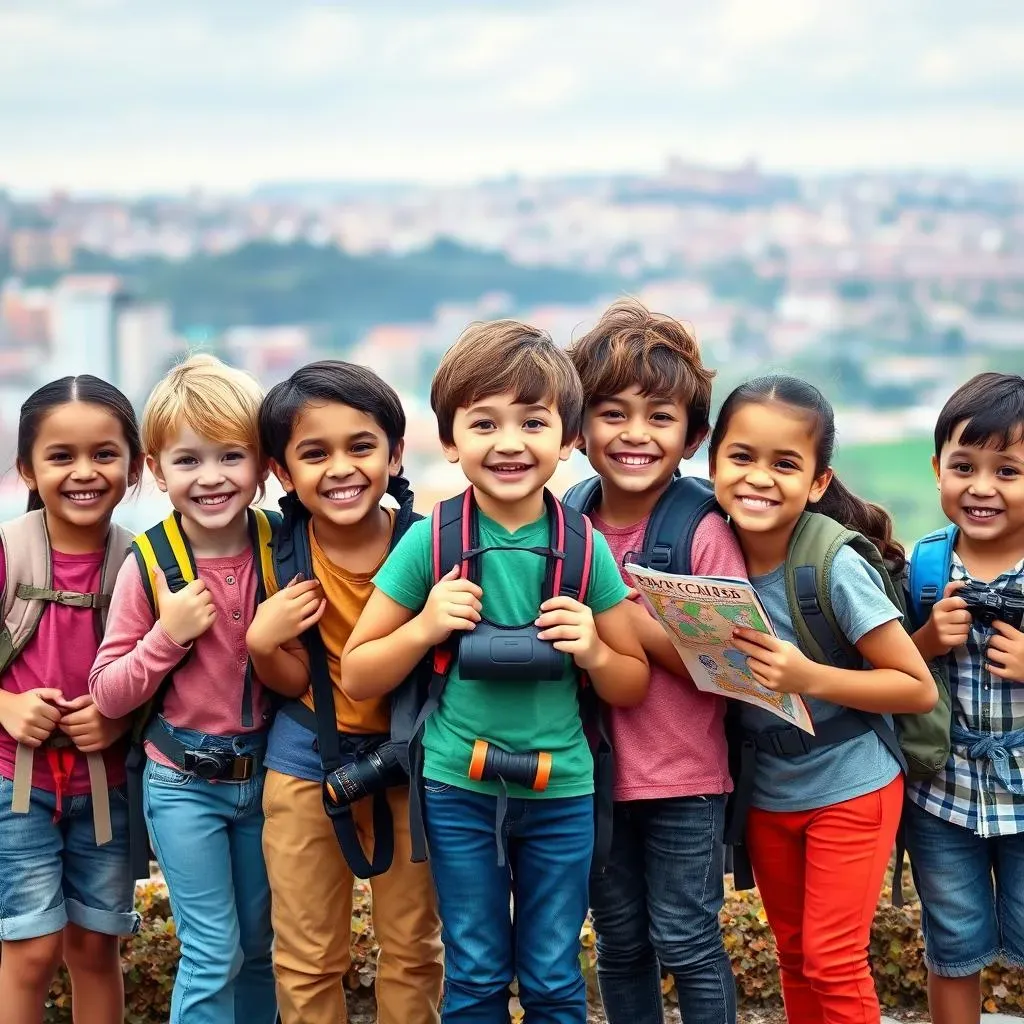
Benefits of Experiential Learning Trips for Kids
Introduction to Benefits
The benefits of experiential learning trips for kids are numerous and well-documented. By participating in these trips, children can develop important life skills, such as teamwork, communication, and problem-solving. Experiential learning trips also provide kids with the opportunity to learn through hands-on experiences, which can be more effective than traditional classroom learning. Additionally, these trips can help kids develop a sense of curiosity and wonder, as they explore new places and try new things.
One of the key benefits of experiential learning trips for kids is that they can help children develop a deeper understanding of the world around them. By experiencing different cultures, environments, and ways of life, kids can broaden their perspectives and gain a more nuanced understanding of the complexities of the world. This can be especially valuable in today's globalized society, where kids will be expected to navigate and interact with people from diverse backgrounds.
Benefit | Description | Example |
|---|---|---|
Develops life skills | Teamwork, communication, problem-solving | Group project to plan and execute a trip |
Encourages curiosity and wonder | Exploring new places and trying new things | Visiting a museum or historical landmark |
Broadens perspectives | Experiencing different cultures and environments | Traveling to a foreign country or participating in a cultural exchange program |
Academic Benefits
Experiential learning trips for kids can also have a positive impact on academic performance. By providing kids with hands-on experiences and real-world applications, these trips can help make learning more engaging and relevant. This can be especially beneficial for kids who may struggle with traditional classroom learning, as experiential learning trips can provide an alternative and more effective way of learning. Additionally, these trips can help kids develop important skills, such as critical thinking and creativity, which are essential for success in a wide range of academic subjects.
According to a study by the National Center for Education Statistics, experiential learning trips can have a significant impact on academic achievement, particularly in subjects such as science, technology, engineering, and math (STEM). The study found that students who participated in experiential learning trips showed significant gains in STEM subjects, compared to students who did not participate in such trips.
- Improved academic performance
- Increased engagement and motivation
- Development of critical thinking and creativity skills
- Real-world applications and hands-on experiences
"Experiential learning trips provide kids with the opportunity to learn through hands-on experiences, which can be more effective than traditional classroom learning." - National Center for Education Statistics
Personal Growth and Development
Experiential learning trips for kids can also have a profound impact on personal growth and development. By providing kids with opportunities to challenge themselves, take risks, and step outside their comfort zones, these trips can help kids develop important qualities, such as confidence, resilience, and self-awareness. Additionally, these trips can provide kids with the opportunity to form meaningful relationships with their peers and adult leaders, which can be an important part of the learning experience.
As kids participate in experiential learning trips, they can develop a sense of pride and accomplishment, as they overcome challenges and achieve their goals. This can be especially valuable for kids who may struggle with self-esteem or confidence, as experiential learning trips can provide a much-needed boost to their self-image. Furthermore, these trips can help kids develop important life skills, such as time management, leadership, and teamwork, which are essential for success in a wide range of contexts.
Planning Effective Experiential Learning Trips for Kids
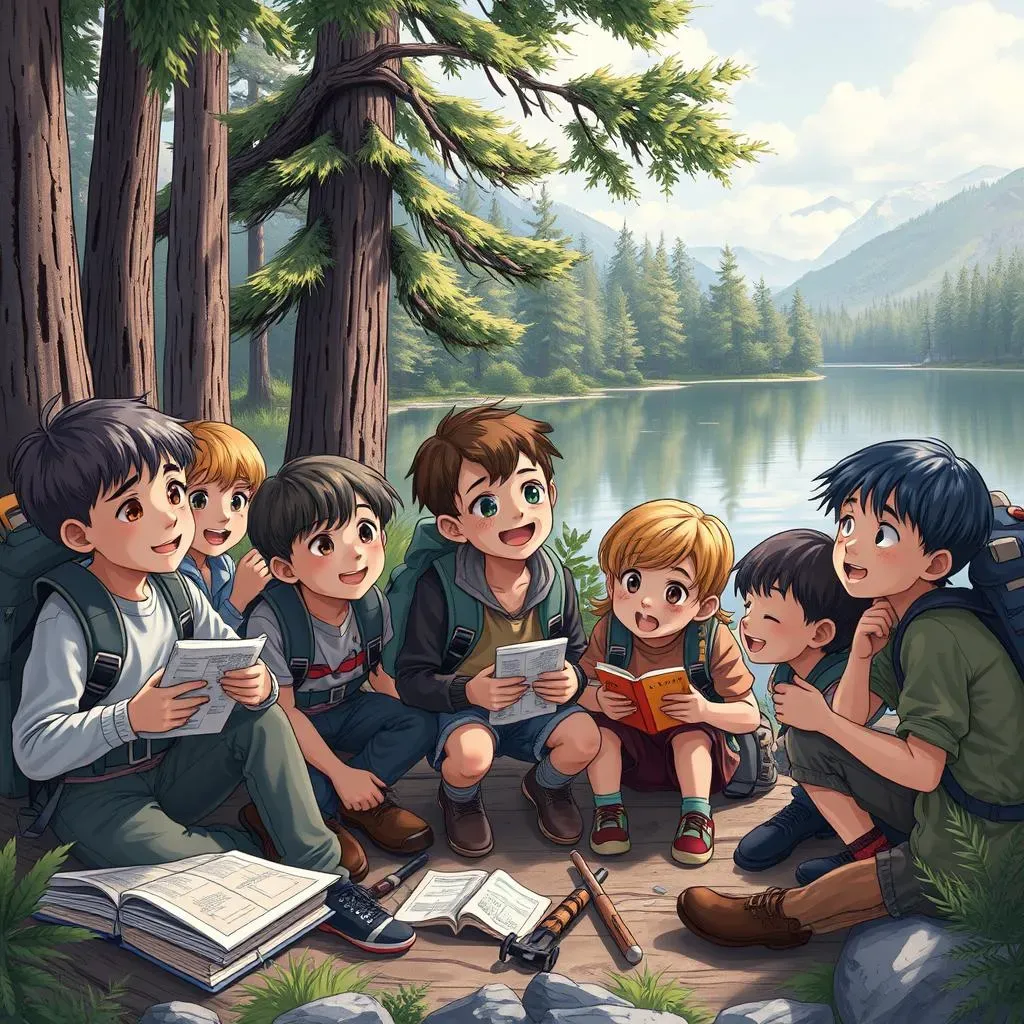
Planning Effective Experiential Learning Trips for Kids
Setting Clear Objectives and Goals
When planning effective experiential learning trips for kids, it's essential to set clear objectives and goals. This will help you determine the type of trip that's best suited for your group, as well as the activities and experiences that will be most beneficial for them. Consider what you want the kids to learn or achieve from the trip, and what skills or values you want to instill in them. This could include things like teamwork, communication, problem-solving, or cultural awareness.
Having clear objectives and goals will also help you to stay focused and ensure that the trip is well-organized and structured. You can use tools like mind maps or brainstorming sessions to help you generate ideas and narrow down your objectives. Additionally, consider involving the kids in the planning process, as this can help to increase their engagement and motivation.
Objective | Goal | Activity |
|---|---|---|
Teamwork and communication | Improve collaboration and problem-solving skills | Group project to plan and execute a trip |
Cultural awareness and understanding | Develop empathy and appreciation for different cultures | Cultural exchange program or visit to a museum or historical landmark |
Choosing the Right Destination and Activities
Once you have set your objectives and goals, it's time to choose the right destination and activities for your experiential learning trip. Consider the age and interests of the kids, as well as any specific needs or requirements they may have. You'll also want to think about the logistics of the trip, including things like transportation, accommodation, and food. Look for destinations and activities that offer a mix of fun, education, and challenge, and that will provide opportunities for the kids to learn and grow.
Some popular destinations for experiential learning trips include national parks, museums, historical landmarks, and outdoor education centers. You can also consider partnering with organizations or companies that offer specialized programs and activities, such as wilderness adventures or community service projects. Remember to involve the kids in the decision-making process, as this can help to increase their excitement and engagement.
- Consider the age and interests of the kids
- Think about the logistics of the trip, including transportation, accommodation, and food
- Look for destinations and activities that offer a mix of fun, education, and challenge
- Involve the kids in the decision-making process to increase their excitement and engagement
Experiential Learning Trips for Kids: RealWorld Applications and Examples
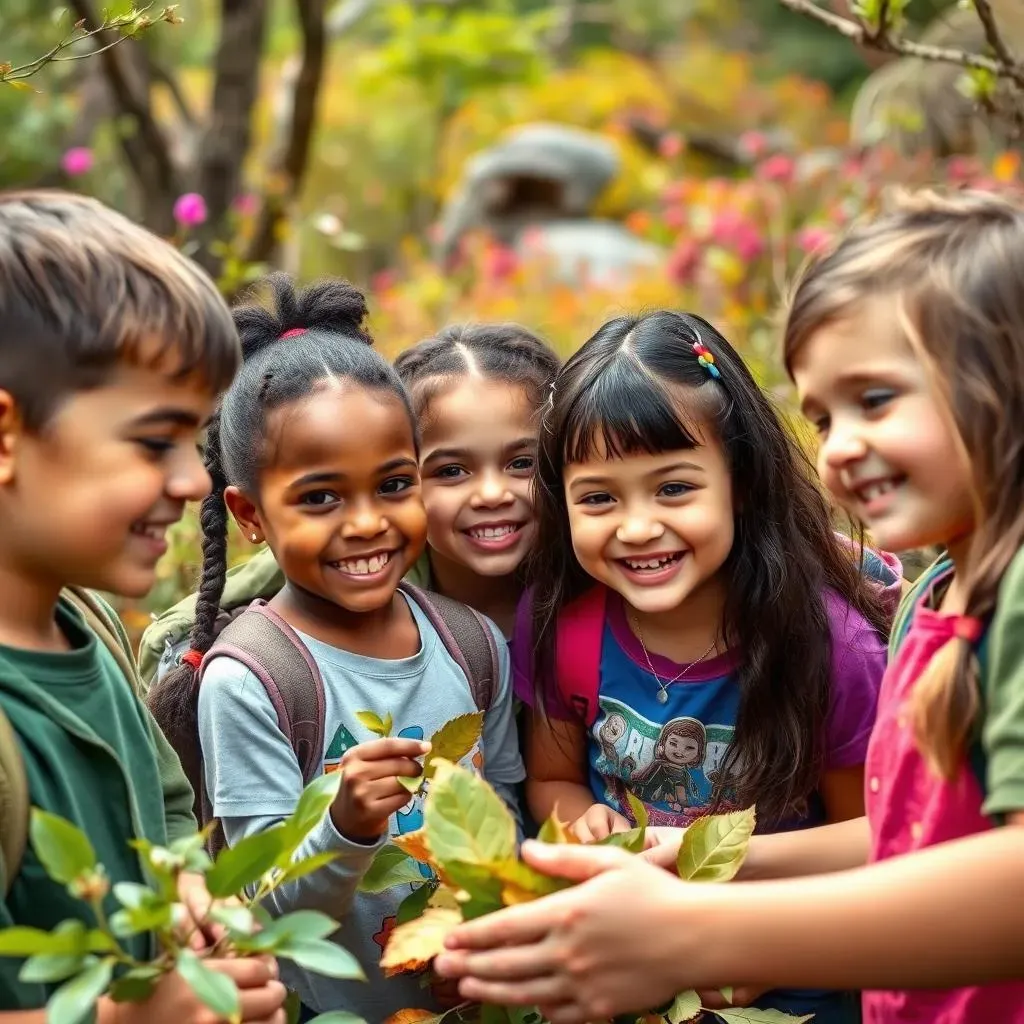
Experiential Learning Trips for Kids: RealWorld Applications and Examples
Real-World Applications of Experiential Learning Trips for Kids
Experiential learning trips for kids have a wide range of real-world applications, from academic enrichment to personal growth and development. These trips can be tailored to meet the specific needs and interests of the kids, whether it's learning about science and history or developing important life skills like teamwork and communication. By providing kids with hands-on experiences and real-world applications, experiential learning trips can help make learning more engaging and relevant, and can have a lasting impact on their academic and personal development.
For example, a trip to a national park or wildlife sanctuary can provide kids with a unique opportunity to learn about science and nature, while also developing important skills like observation and critical thinking. Similarly, a trip to a historical landmark or museum can provide kids with a deeper understanding of history and culture, while also developing important skills like empathy and cultural awareness.
Application | Example | Benefits |
|---|---|---|
Academic enrichment | Trip to a science museum or historical landmark | Develops critical thinking and problem-solving skills, enhances academic knowledge and understanding |
Personal growth and development | Trip to a wilderness adventure or community service project | Develops important life skills like teamwork, communication, and leadership, enhances self-awareness and self-confidence |
Examples of Successful Experiential Learning Trips for Kids
There are many examples of successful experiential learning trips for kids, from short-day trips to week-long adventures. These trips can be organized by schools, community groups, or families, and can be tailored to meet the specific needs and interests of the kids. Some examples of successful experiential learning trips for kids include trips to national parks, museums, historical landmarks, and outdoor education centers.
For example, a school might organize a trip to a local museum or historical landmark, where kids can learn about science, history, and culture through hands-on experiences and interactive exhibits. Similarly, a community group might organize a trip to a wilderness adventure or outdoor education center, where kids can develop important skills like teamwork, communication, and leadership while also learning about science and nature.
- National parks and wildlife sanctuaries
- Museums and historical landmarks
- Outdoor education centers and wilderness adventures
- Community service projects and volunteer opportunities
Overcoming Challenges in Organizing Experiential Learning Trips for Kids
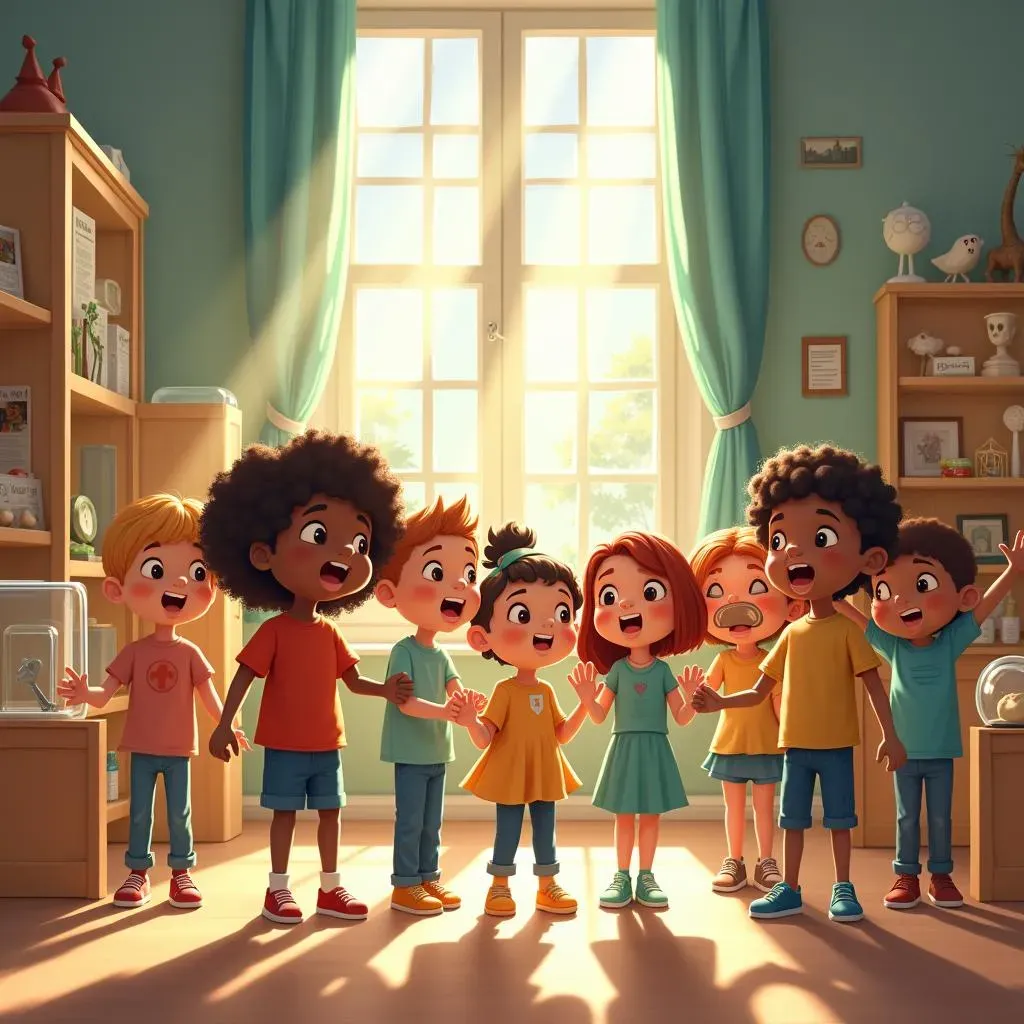
Overcoming Challenges in Organizing Experiential Learning Trips for Kids
Common Challenges in Organizing Experiential Learning Trips for Kids
Organizing experiential learning trips for kids can be a complex and challenging task. One of the most common challenges is finding a destination that is both educational and fun for the kids. Additionally, trip organizers must consider factors such as budget, transportation, and safety, which can be time-consuming and stressful. Furthermore, ensuring that the trip is inclusive and accessible for all participants, regardless of their abilities or needs, can be a significant challenge.
Another challenge is balancing the educational and recreational aspects of the trip. While the primary goal of an experiential learning trip is to provide kids with hands-on learning experiences, it's also important to allow them to have fun and enjoy themselves. Finding the right balance between education and recreation can be difficult, but it's essential for creating a positive and memorable experience for the kids.
Challenge | Description | Solution |
|---|---|---|
Finding a suitable destination | Researching and selecting a destination that is both educational and fun | Consider factors such as budget, transportation, and safety |
Ensuring inclusivity and accessibility | Ensuring that the trip is accessible and inclusive for all participants | Consider factors such as disabilities, dietary restrictions, and cultural backgrounds |
Strategies for Overcoming Challenges in Organizing Experiential Learning Trips for Kids
To overcome the challenges of organizing experiential learning trips for kids, trip organizers can use a variety of strategies. One approach is to involve the kids in the planning process, which can help to increase their engagement and motivation. Additionally, trip organizers can seek out partnerships with organizations or companies that specialize in experiential learning trips, which can provide valuable resources and expertise.
Another strategy is to focus on flexibility and adaptability. Trip organizers should be prepared to adjust their plans if unexpected challenges or opportunities arise. This can involve being open to new ideas and perspectives, as well as being willing to pivot when necessary. By being flexible and adaptable, trip organizers can create a more positive and memorable experience for the kids.
- Involve the kids in the planning process
- Seek out partnerships with organizations or companies that specialize in experiential learning trips
- Focus on flexibility and adaptability
- Be open to new ideas and perspectives
Best Practices for Ensuring the Success of Experiential Learning Trips for Kids
To ensure the success of experiential learning trips for kids, trip organizers should follow a set of best practices. One of the most important is to clearly define the goals and objectives of the trip, which can help to ensure that the experience is focused and effective. Additionally, trip organizers should prioritize safety and well-being, which can involve taking steps such as conducting risk assessments and developing emergency response plans.
Another best practice is to evaluate and assess the trip's effectiveness, which can involve collecting feedback from the kids and other stakeholders. This can help to identify areas for improvement and inform future trip planning. By following these best practices, trip organizers can create a more positive and memorable experience for the kids, and help to ensure the long-term success of the experiential learning trip program.
Best Practice | Description | Benefits |
|---|---|---|
Clearly define the goals and objectives of the trip | Ensures that the experience is focused and effective | Helps to ensure that the trip is well-planned and well-executed |
Prioritize safety and well-being | Ensures that the kids are safe and supported throughout the trip | Helps to minimize risks and ensure a positive experience |
